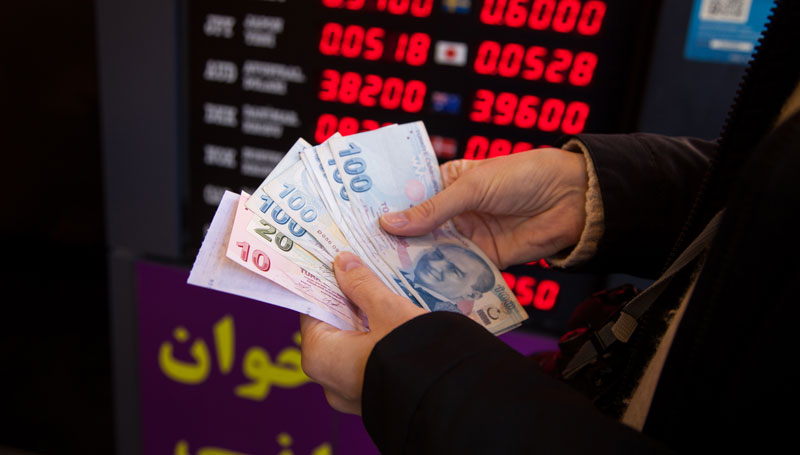

13.06.2022 – Sell-off on the stock market – the U.S. Consumer Price Index (CPI) has risen more than feared. Investors realize that ketchup inflation is here: first nothing, then everything at once. And they realize they can’t rely on the expertise of decision-makers. As always, at some point price increases will choke off the economy as people start saving and cutting back on consumption. The same goes for a drastic increase in interest rates.
Glorious days for the bears: Wall Street has dived sharply, in the picture below the daily chart of the S&P 500. Actually, this looks like a violently oversold situation for now, so a countermovement should be in the offing soon. The first target would be initially the return to the 50-day line, with new euphoria finally to the 200-day line above. Only: What should trigger this new confidence? When will it happen? U.S. futures on Monday initially indicated that the slide would continue

Source: Bernstein Bank GmbH
What had happened: CPI, reported Friday, rose 0.97 percentage points month-over-month in May – most analysts had expected plus 0.7 percent. Food rose 1.2 percent month-over-month; gasoline, 3.9 percent – and 75 percent annualized. The inflation rate in the USA now stands at 8.6 percent, the highest level in 41 years.
Cluelessly into the crisis
Also of little help to the bulls is the fact that U.S. Treasury Secretary, Janet Yellen recently admitted mistakes. “I think I was wrong about the inflation trajectory,” said Yellen, who had been president of the U.S. Federal Reserve from 2014 to 2018. Which raises the suspicions of all those who believe the Federal Reserve has done too little too late.
How will the Fed respond?
Barclays Bank now expects the Fed to finally take drastic action. Analyst Jonathan Millar just pushed, “We expect a 75bp hike at the June meeting.” Until now, the market has assumed 50bp. So far, the Fed has always avoided surprising the financial market, Barclays explained. In the near future, however, that could change. Financial blog ZeroHedge commented, “the market is now pricing in 10 more rate-hikes by the end of 2022 and then 3 rate-cuts following it.”
Higher interest rates are a horror to bullish stockbrokers because they make it harder for businesses to borrow and because it slows down the economy – expensive consumer credit, mortgage interest rates rise, more saving. But the same applies to inflation. Ergo: falling corporate profits, correction of stock valuations, cutbacks in consumption. In the end: recession.
Impending recession
Star investor Stanley Druckenmiller also warned of an economic slump in the coming year. The founder of Duquesne Family Office predicted a prolonged bear market shortly before the latest inflation figures at the 2022 Sohn Investment Conference. He expects an eruption in inflation this summer. Druckenmiller judged that already inflation is far higher than expected – and the most shocking fact is the Fed’s slow response to it. After all, he said, the bubble in the S&P500 has burst and valuations are now more attractive again. But, “It’s highly probable that the bear market has a way to run.” Bernstein Bank keeps an eye on the situation for you – and wishes successful trades and investments!
Important Notes on This Publication:
The content of this publication is for general information purposes only. In this context, it is neither an individual investment recommendation or advice nor an offer to purchase or sell securities or other financial products. The content in question and all the information contained therein do not in any way replace individual investor- or investment-oriented advice. No reliable forecast or indication for the future is possible with respect to any presentation or information on the present or past performance of the relevant underlying assets. All information and data presented in this publication are based on reliable sources. However, Bernstein Bank does not guarantee that the information and data contained in this publication is up-to-date, correct and complete. Securities traded on the financial markets are subject to price fluctuations. A contract for difference (CFD) is also a financial instrument with leverage effect. Against this backdrop, CFD trading involves a high risk up to the point of total loss and may not be suitable for all investors. Therefore, make sure that you have fully understood all the correlating risks. If necessary, ask for independent advice. CFDs are complex instruments and are associated with the high risk of losing money quickly because of the leverage effect. 68% of retail investor accounts lose money trading CFD with this provider. You should consider whether you understand how CFD work and whether you can afford to take the high risk of losing your money.7
